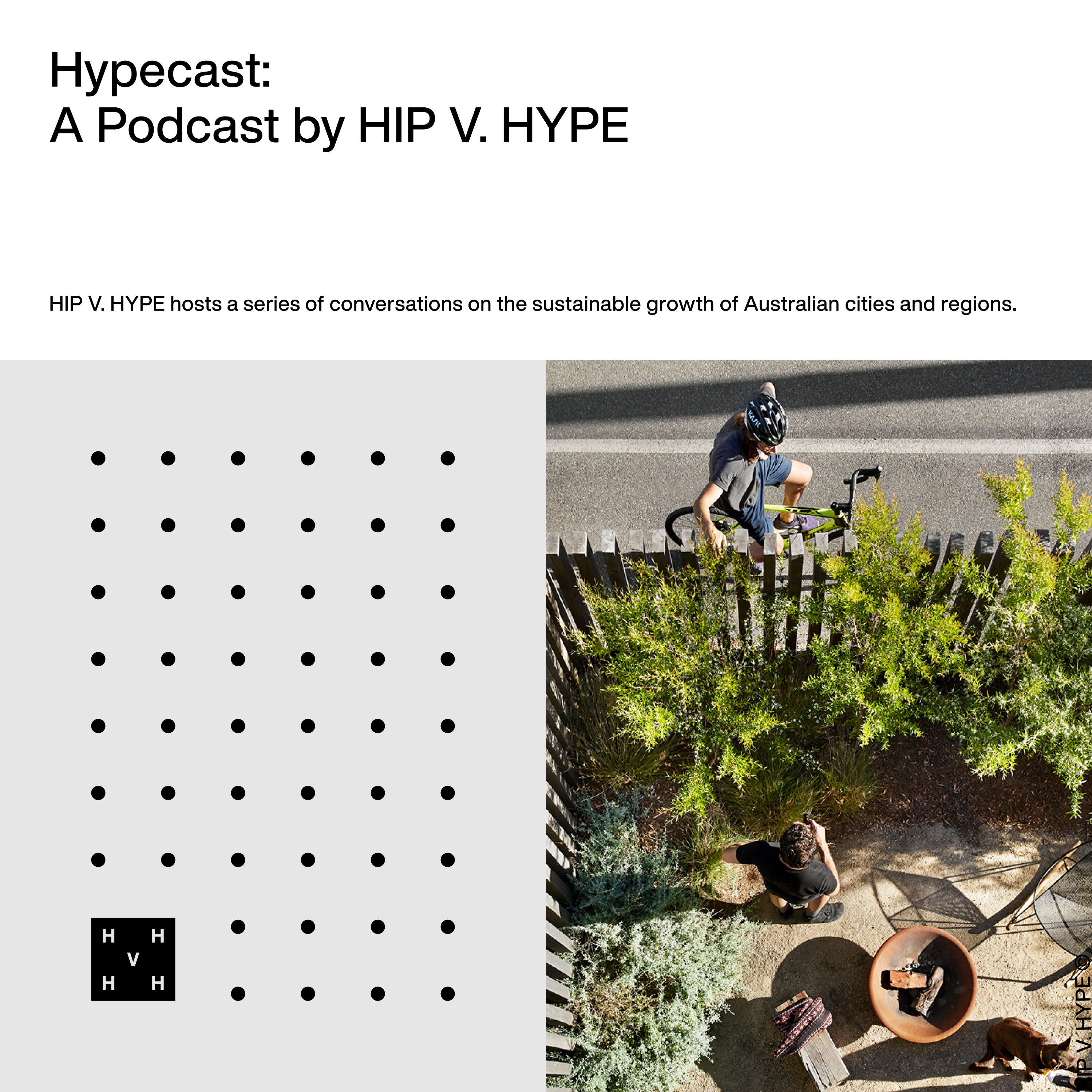Keeping Cool | The Value of Green Infrastructure
Description
Climate change is leading to higher average temperatures and an increase in the number of extreme heat days above 35 degrees. With concrete, dark roofs and roads soaking up the heat, our cities are getting hotter, posing a significant health risk for the most vulnerable in our community.
Researchers have predicted that urban areas particularly effected, such as Western Sydney, will be too hot to live in in a matter of decades. Spatial inequality is exacerbating the issue with some suburbs feeling like ovens, while those only a few kilometres away with higher levels of tree canopy close to evaporative water bodies can be drastically cooler.
Leading researchers and practitioners are developing tools to mitigate the urban heat island effect and adapt to the effects of climate change in our cities, the City of Melbourne’s Green Infrastructure Tool, or Green Factor Tool is one of them that we will be discussing in this episode.
In this episode, Laura Phillips, Head of Urban Advocacy at HIP V. HYPE sits down with Dr Judy Bush, lecturer in Urban Planning at the University of Melbourne, Shaun Tompkins, Sustainability Consultant and Gavin Ashley, Better Cities & Regions Lead at HIP V. HYPE to discuss how our cities and regions can best address the urban heat island effect.
For more information on the urban heat island effect and how it can be mitigated take a look at the Clean Air and Urban Landscape Hub's e-book, urban heat Factsheets, the Victorian Government's Department of Environment, Land, Water and Planning's Cooling and Greening information and the City of Melbourne's Green Factor Tool.
We respectfully acknowledge that Hypecast is recorded on traditional Aboriginal lands which have been sustained for thousands of years. We honour their ongoing connection to these lands, and seek to respectfully acknowledge the traditional custodians in our work.
More Episodes
Australia needs more housing, period. This is especially important in the community housing sector, and we applaud the efforts of governments to increase funding and set targets to seek to address the dire shortage. Community housing is secure, affordable, long term rental housing managed by...
Published 10/29/24
Published 10/29/24
The built environment is responsible for 37 per cent of global energy-related greenhouse gas emissions. As we look to the future of our buildings, cities and regions, innovative, high-performance, low carbon design becomes crucial to achieving a better tomorrow
In this episode,...
Published 10/22/24


